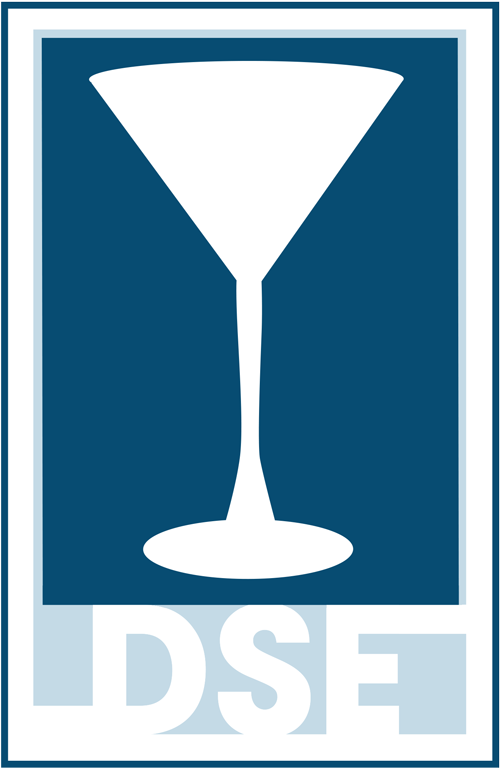The rationale for tighter control of liquor versus wine and beer
Pamela S. Erickson, CEO
November 2018
Historically, alcoholic beverages have been regulated and sold differently from other products. And spirits have been regulated differently than beer and wine– for good reason. William Kerr, PhD, Senior Scientist at the Alcohol Research Group, put it this way: “Spirits having a higher concentration of alcohol than other beverages, present greater public health risk than other forms of alcohol.” As a researcher in the field for many years, he has a great deal of data to back this up.
In addition to the higher alcohol by volume causing more intoxication per ounce consumed, spirits have been linked to increased risk for illness and disease compared to other types of alcohol. Higher risk for certain cancers has been linked to spirits. Studies in Spain and Puerto Rico found that oral cancers occurred more often in drinkers of spirits.
A number of medical journals have published studies reporting that other diseases and illnesses have been linked to higher spirit consumption. These include cirrhosis of the liver, diabetes, heart disease and stroke.
Increased-potency drinks have also been associated with a higher incidence of binge drinking, increased risk for traffic accidents, and assaults.
Spirits are often the drink of choice for heavy drinkers. The heaviest 10% of drinkers, consume 63% of spirits produced. The price per drink of the cheapest brands of spirits can cost less than other forms of alcohol. The heaviest drinkers and youth tend to be price sensitive.
Underage drinkers, seem to be switching from beer to spirits. In Europe, where the drinking age is lower than in the US, beer and wine can be purchased by 16 or 18-year olds, depending on the country. In some of those countries, young people have to be two years older to buy spirits– another acknowledgement that higher alcohol beverages should be sold and regulated differently than lower alcohol beverages.
The history of fermented, low-alcohol beverages goes back thousands of years, and many cultures developed drinking habits around these less potent beverages– sometimes because of a lack of potable water. In the 1800s spirit drinks became very popular in the US. They were relatively inexpensive; consumption was high and added to the societal problems that led some to call for complete prohibition.
After Prohibition was repealed, there was a push to encourage the sale of lower alcohol beer in small containers. Decisions about alcohol regulations were left to the states. Many regulations have been loosened over time and some states allow liquor to be sold in grocery stores next to beer and wine-and sometimes toys. But there are a fair number of states that still control sales of liquor more strictly, with fewer restrictions on beer and wine. Almost half of the states have regulations about where, and sometimes when, spirits can be sold. A number of states allow wine and beer to be sold in grocery stores, but still have separate locations and shorter hours for spirit sales. While the percentage of alcohol has crept upwards for both beer and wine, it still is much lower than the typical spirit purchase.
It is sometimes argued that all forms of alcohol are equal because hard liquor is usually served as a mixed drink. This lowers the alcohol content which can make it comparable to beer or wine. However, Dr. Kerr’s research shows otherwise. In a study that involved visits to 80 on-premise establishments, the researchers concluded, “On premise drinks typically contained more alcohol than the standard drink with the exception of shots and bottled beers. Wine and mixed spirits drinks were the largest with nearly 1.5 times the alcohol of a standard drink on average.”
Dr. Kerr also studied people who served alcohol at home. He found that people “overpoured” spirits at home. The “standard drink” contains 0.6 ounce of alcohol. But, people averaged a .56 ounce pour for beer, 0.66 ounces for wine and 0.89 for spirits. While it is possible for all forms of alcohol to be served as a standard drink, that just isn’t the way it is typically served. It would be helpful if on-premise establishments and at home servers used measurement devices to help people monitor their drinking.
Having more control over the sale of higher-alcohol drinks, as Dr. Kerr put it, is “well-justified by both public health concerns and historical, national, and international experience in regulating spirits more strictly than wine and beer.”
Dr. Kerr and his colleagues have extensive research on this and other topics relating to alcohol. Their work can be accessed on the Alcohol Research Group, National Alcohol Research Center’s website: arg.org/center.
Sources:
Alcohol Content Variation of Bar and Restaurant Drinks in Northern California
William C. Kerr, Deidre Patterson, Mary Albert Koenen, and Thomas K. Greenfield, Published online 2008 Jul 8.
A Drink Is A Drink? Variation in the Amount of Alcohol Contained in Beer, Wine and Spirits Drinks in a US Methodological Sample – William C. Kerr, Thomas K. Greenfield, Jennifer Tujague, and Stephan E. Brown, Alcoholism: Clinical and Experimental Research
Understanding standard drinks and drinking guidelines
William C. Kerr& Tim Stockwell, Drug and Alcohol Review (March 2012)
